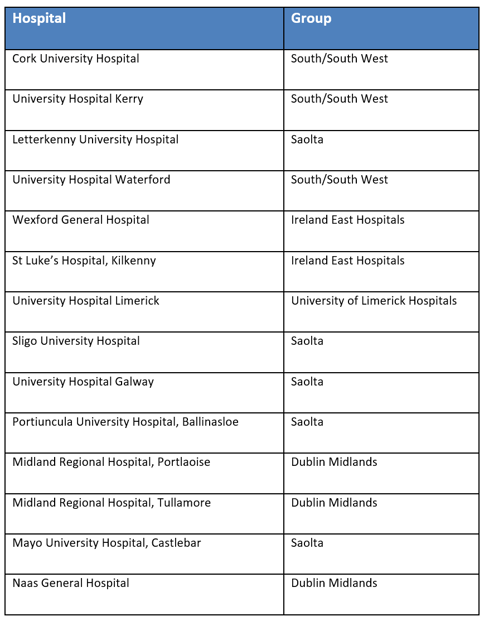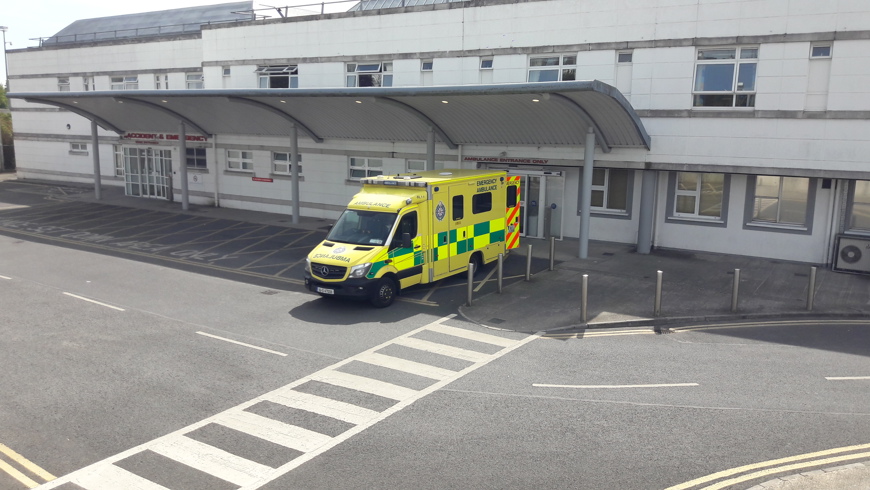
Ambulance Arrivals Project
Introduction
The Ambulance Arrivals Project was developed as a result of a framework document produced jointly by the National Ambulance Service and Acute Hospital Division in collaboration with the Emergency Medicine Programme. The initiative is in response to the increasing risk to patients arising from significant resources being delayed in the transfer of care patients at Acute Hospitals across Ireland.
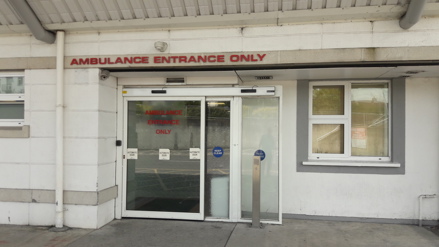
Such delays can result in insufficient resources being available to respond effectively to patients accessing emergency care through the 999/112 emergency service. The framework document has been deployed to encompass all Ambulance resources throughout Ireland that are subject to delays at Acute Hospitals, leading to delays in patient care and poor patient experience. This includes NAS Ambulance resources, Dublin Fire Brigade Ambulance resources and other resources contracted to the National Ambulance Service.
The Problem
At times of pressure in the emergency care system, there is the potential for delay in the transfer of care of patients from pre-hospital care to hospital care. The Ambulance Arrival project developed by the ICT team helps create a universal and standard approach in order to monitor clinical patient handover and take corrective action in a timely manner, as required. Hospitals will have access to a new suite of performance reports which will become a standard agenda item at the unscheduled care group meetings. The purpose of the ICT systems is to enhance the release of ambulances from ED, in a timely manner, to meet pre-hospital demand within the community.
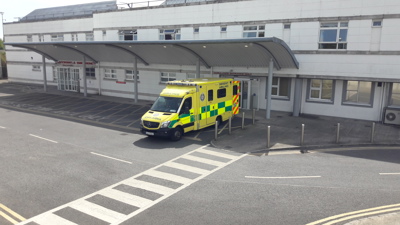
The National Ambulance Service (NAS), Acute Hospitals Division (AHD) & Hospital group CEO's in collaboration with Emergency Medicine Programme (EMP) are committed to ensuring patient care remains seamless and that patients conveyed to hospitals are clinically handed over in a safe, professional and timely manner; and patient safety and dignity is of paramount importance. Furthermore, within the National Emergency Operations Center (NEOC) there is a culture of '' No Patient to be kept waiting unnecessarily'' , which requires at all times a strong focus on resource availabiilty.
The Solution
The ICT Project teams 'Ambulance Arrivals Project enables the measurement of clinical patient handover time at emergency departments throughout Ireland via Triage Notification Screens. These touch screens will be used by NAS & Triage personnel to record a new measure of clinical Patient Handover e.g. Clinical patient handover commences, when the patient enters the emergency department and finishes when the patient is transferred from the ambulance trolley to the ED Trolley or Chair.
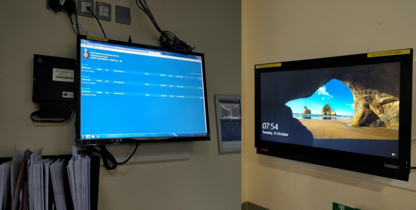
The Process
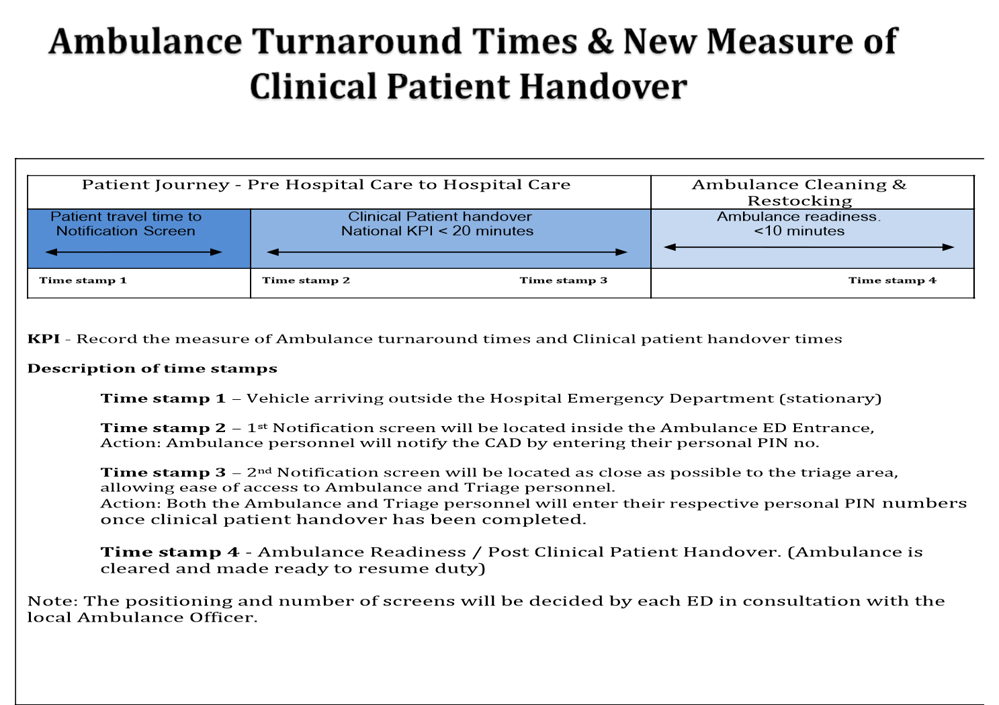
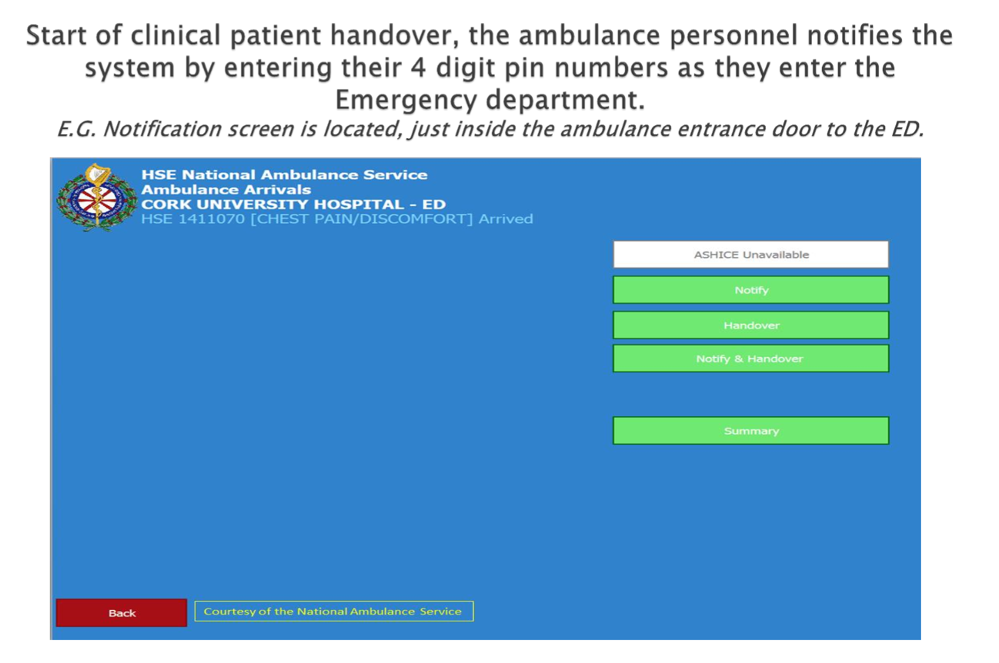
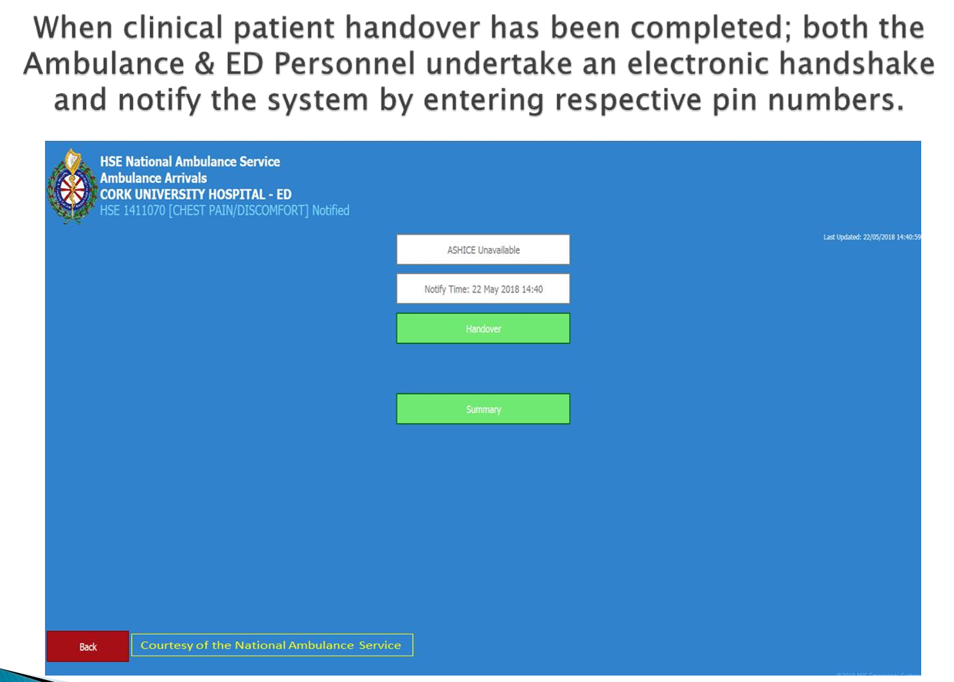
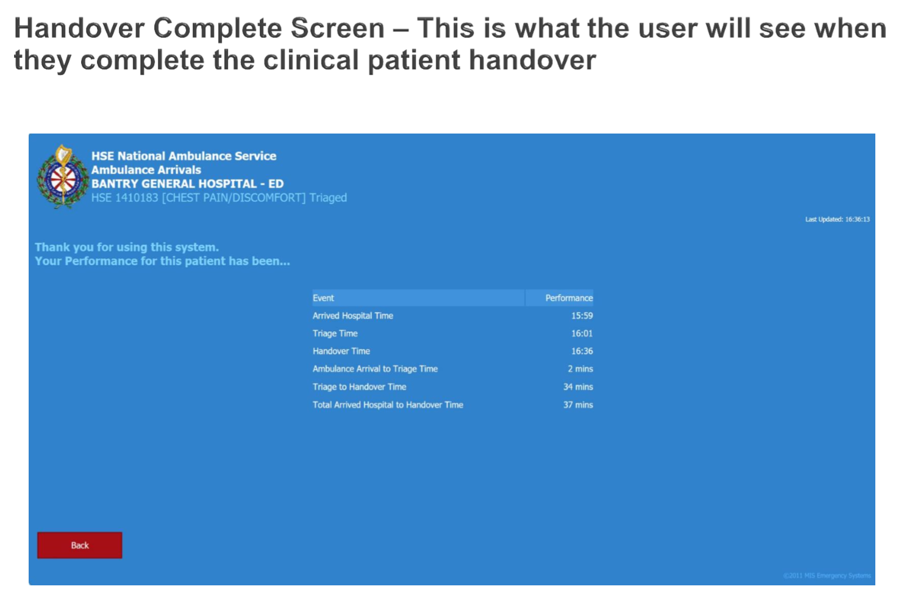
The Benefits
The OoCIO put the patient at the centre of all projects. The elimination of delay's for these valuable resources can only benefit and help to improve the patient experience. From a staff perspective this project will result in Performance reports. Hospitals will be able to run performance reports in real time 24/7 and will no longer be reliant on NAS weekly & monthly reporting. The reports will enable hospitals to examine the cause of delays and take corrective action to eliminate and reduce ambulance delays.
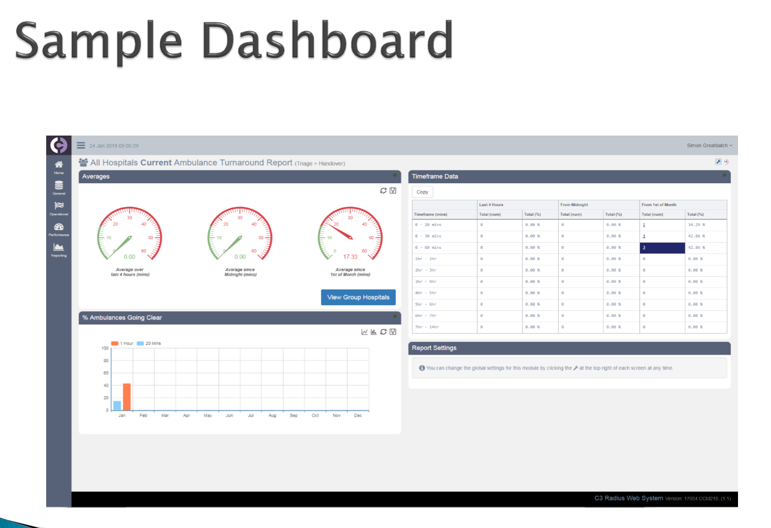
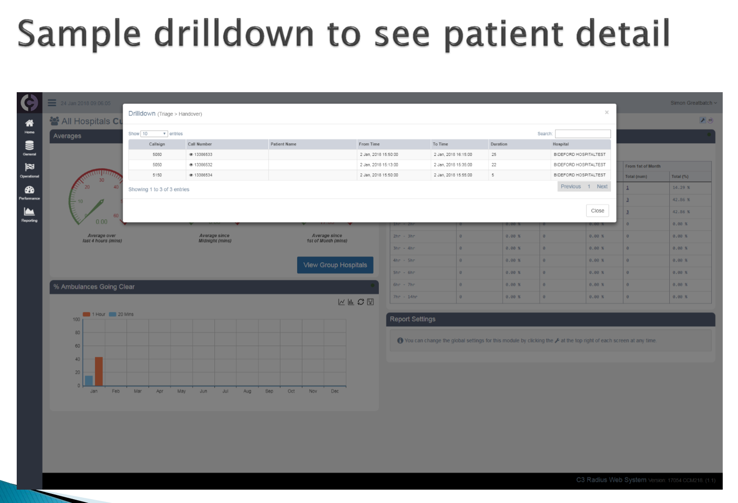
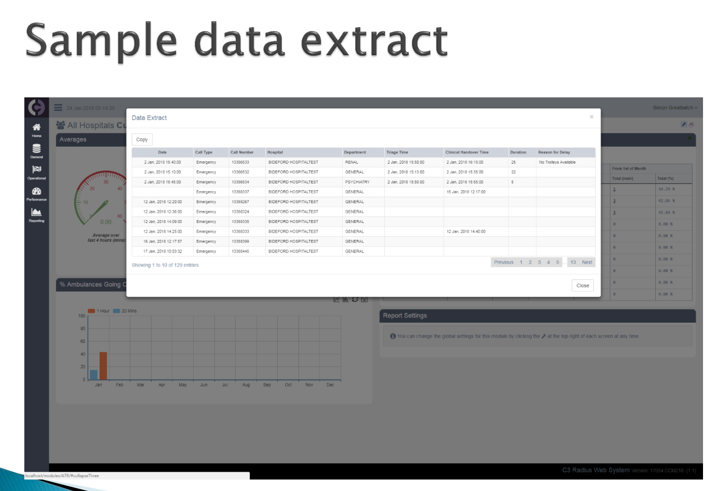
Project Update
The Ambulance Arrivals project is being implemented in two phases. Phase 1 commenced roll-out in Oct 2017 and is now live. Phase 1 included the roll-out of Ambulance Arrival screens. Phase 2 commenced in Q3 of 2018 and included the roll-out of the clinical handover touchscreen and provision of access to a set of performance reports. As of July 2019 the Ambulance Arrivals Project is currently live in 14 of the 34 ED’s, see list below of live sites;
